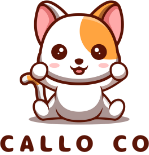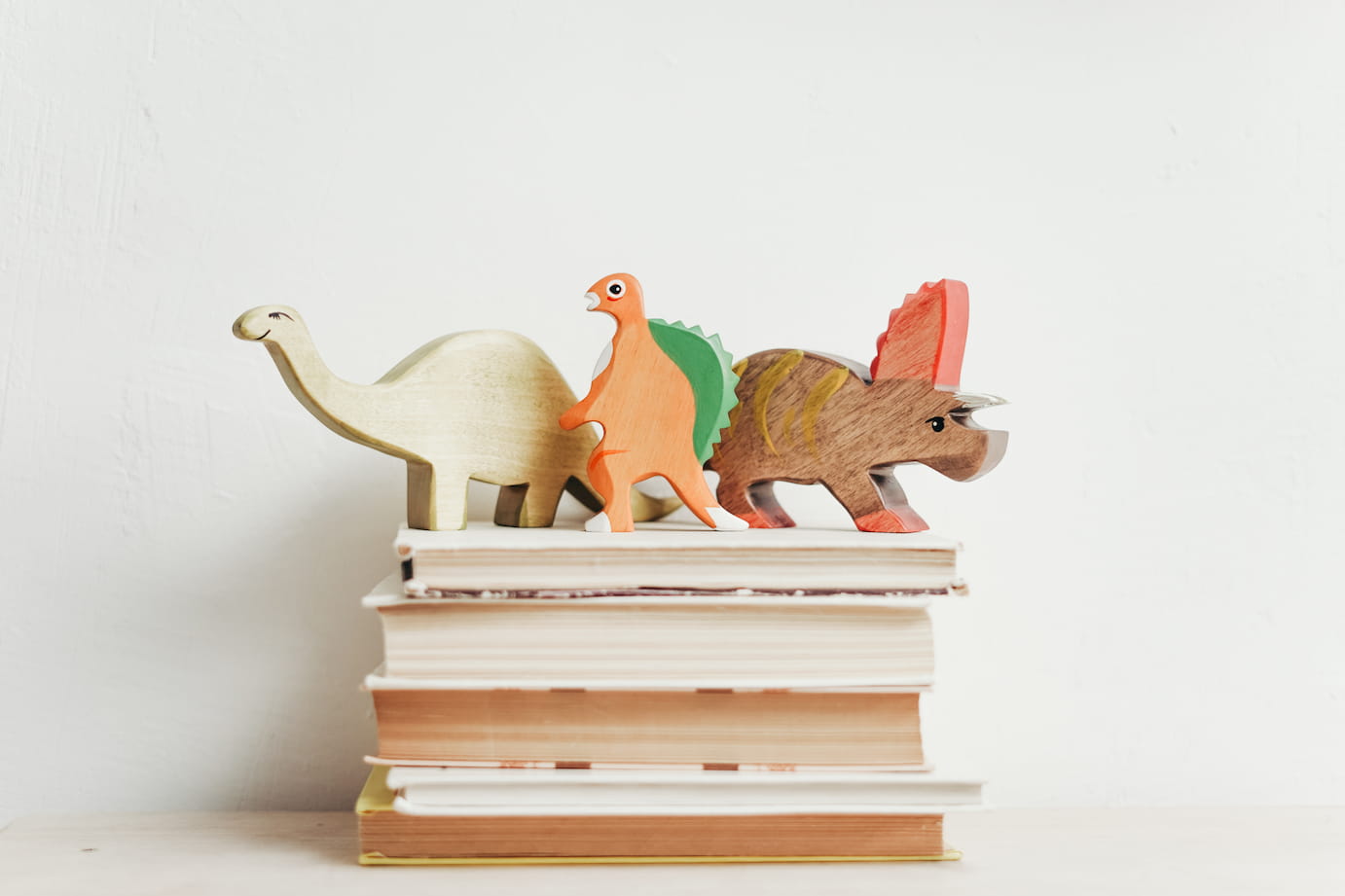Exploring Non-Fiction: Children’s Books on Science, History, and More
Reading is indeed a magical journey, one that takes us to different realms, introduces us to various characters, and opens our minds to an array of possibilities. As a parent, you’ve probably experienced this enchanting voyage through the pages of countless children’s books. But have you ever wondered about the role non-fiction books play in your child’s literary adventure?
Non-fiction books serve as invaluable tools in broadening your child’s perspective. Scholastic suggests that introducing children to non-fiction as early as three years old can have profound benefits. These books present facts in an engaging, kid-friendly manner that transforms the learning process into an exciting exploration. Whether it’s a book about animals or the solar system, non-fiction piques a child’s natural curiosity and instills a lifelong love for learning.
Finding Nonfiction for Kids at the Library
Finding the right non-fiction books for your child is easier than you might think. Libraries are well-stocked and organized, making the hunt for a perfect non-fiction book a breeze. The children’s section usually has a distinct area for non-fiction books, neatly categorized by subjects. Librarians are always there to help you navigate these sections and find books that align with your child’s interests – be it dinosaurs, space, ancient civilizations, or the natural world.
Don’t forget, the best non-fiction books for kids are those that address their curiosity. So, take note of your child’s interests, and start exploring the wonderful world of non-fiction together. The benefits of this learning journey are manifold, and who knows, your child might uncover a new favorite topic along the way!
Poetry – The Heartbeat of Literature
Poetry is a distinctive and vital component of literature that offers unique benefits to children. It fosters a love for language, sharpens listening skills, and encourages emotional expression. The playful rhymes, rhythmic patterns, and vivid imagery found in poetry are captivating to young minds.
Consider introducing your child to the timeless works of poets like Robert Louis Stevenson and Shel Silverstein. Their poems, brimming with imagination, are an excellent starting point for young readers. They offer a fun and engaging way to introduce complex feelings, ideas, and experiences, helping children better understand the world around them and their own emotions.
Gleaning Wisdom from History
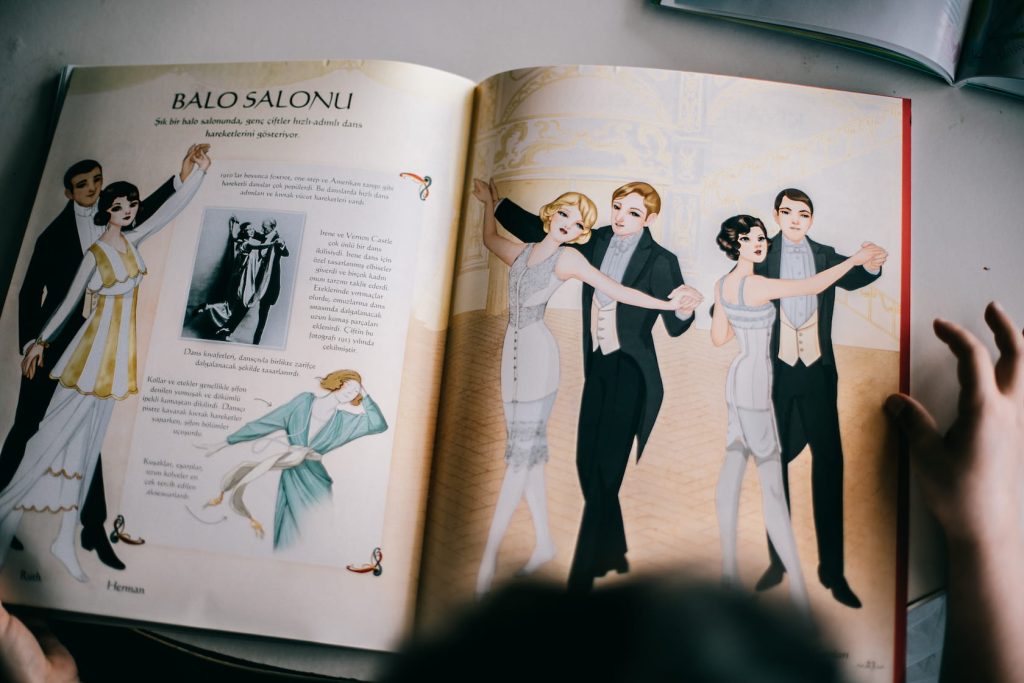
Non-fiction books offer a window into the past, helping children understand historical events and figures. This isn’t just about learning dates and events; it’s about gleaning wisdom from these past occurrences. By reading about the courage of Rosa Parks or the tenacity of Mahatma Gandhi, children can learn valuable life lessons about standing up for what’s right, showing empathy towards others, and pursuing their goals relentlessly.
Moreover, historical non-fiction books often contain engaging narratives and vibrant illustrations, making history come alive. They not only teach kids about different eras and cultures but also help them develop critical thinking skills as they analyze the causes and effects of various historical events.
Delving into Philosophy
Philosophy might sound like a daunting subject to introduce to children, but it doesn’t have to be. At its core, philosophy is about wondering, questioning, and trying to make sense of the world – things that children naturally excel at. Introducing them to basic philosophical concepts can foster their innate curiosity and critical thinking skills.
Start by introducing them to simple, kid-friendly texts about great philosophers like Aristotle, Plato, and Socrates. These books present philosophical ideas in an accessible way that children can understand and relate to. They pose intriguing questions about life, knowledge, and ethics, sparking meaningful discussions that can enhance your child’s reasoning skills.
Making Non-Fiction Fun and Interactive
Non-fiction, despite its educational value, doesn’t have to be dull. You can make it fun and interactive by coupling reading with related activities. For instance, a book about insects could be paired with a backyard bug hunt, or a book about the planets could inspire a DIY solar system project.
Interactive reading not only reinforces what your child has learned but also makes the process more engaging. Whether it’s conducting simple science experiments, creating art projects, or taking field trips to local museums, interactive activities breathe life into the pages of non-fiction books, making the learning experience both fun and memorable.
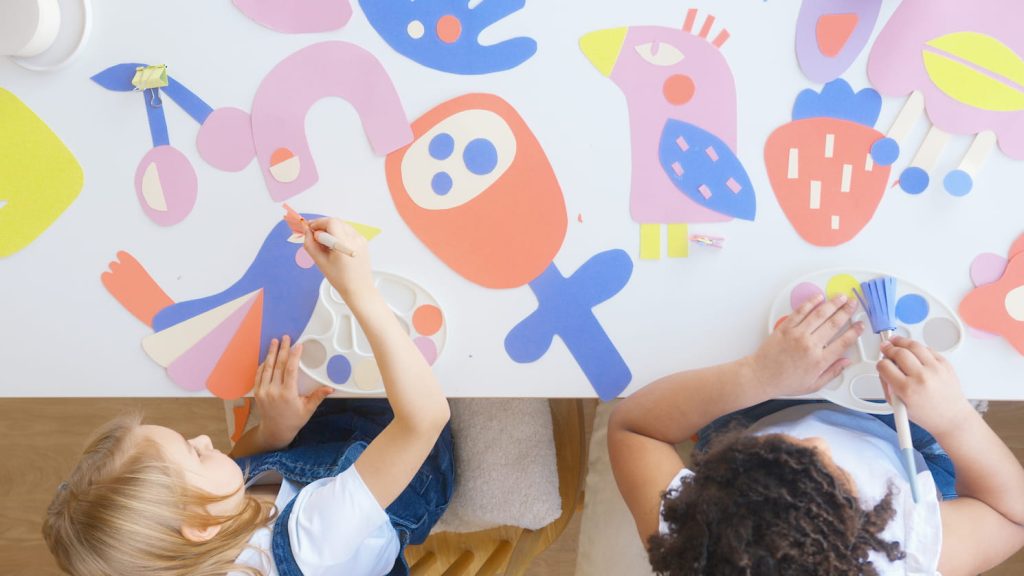
Recommendations by Age Group
When it comes to picking the right non-fiction book for your child, considering their age and interests is crucial. Here are some age-appropriate recommendations:
- For ages 3-5: “The Very Hungry Caterpillar” by Eric Carle – an engaging picture book that introduces kids to the life cycle of a butterfly.
- For ages 6-8: “National Geographic Little Kids First Big Book of Why” – packed with intriguing facts and engaging illustrations, this book answers some of the common questions kids ask.
- For ages 9-12: “The Boy Who Harnessed the Wind” by William Kamkwamba and Bryan Mealer – a true story of a boy who brings electricity to his village in Malawi, teaching kids about resilience and the power of science.
Remember, every child is unique, and their reading preferences may vary. It’s always best to match books to your child’s interests and reading abilities.
The Balancing Act: Benefits of Non-Fiction and Fiction for Children
When we weigh the benefits of fiction and non-fiction for children, it’s essential to understand that both genres have unique attributes that contribute to a child’s cognitive development, creativity, and overall engagement.
Non-Fiction: The Reality Portal
Non-fiction, as mentioned before, is a doorway to reality. It offers a factual representation of the world and presents information in an engaging manner that keeps children intrigued. By reading non-fiction, kids learn about diverse topics such as nature, science, history, and culture. It’s like taking a field trip from the comfort of home, expanding their knowledge, and enhancing their understanding of the world.
Non-fiction also helps to develop critical thinking skills. As kids absorb factual information, they learn to question, analyze, and form opinions. Furthermore, it enriches their vocabulary and exposes them to a more formal and informative language style, preparing them for academic pursuits.
Fiction: The Imagination Booster
On the other hand, fiction appeals to a child’s creative side. It invites them into a world of imagination, where they can visualize fantastic realms and empathize with diverse characters. Fiction, according to a study, can stimulate the imagination and allow children to explore different scenarios, feelings, and perspectives, nurturing their emotional intelligence.
Moreover, fiction can foster a love for reading. Its captivating narratives, enchanting characters, and engaging plot twists can make reading a delightful activity, increasing the likelihood of children becoming habitual readers. It also exposes children to a variety of writing styles and enhances their language skills and understanding of narrative structures.
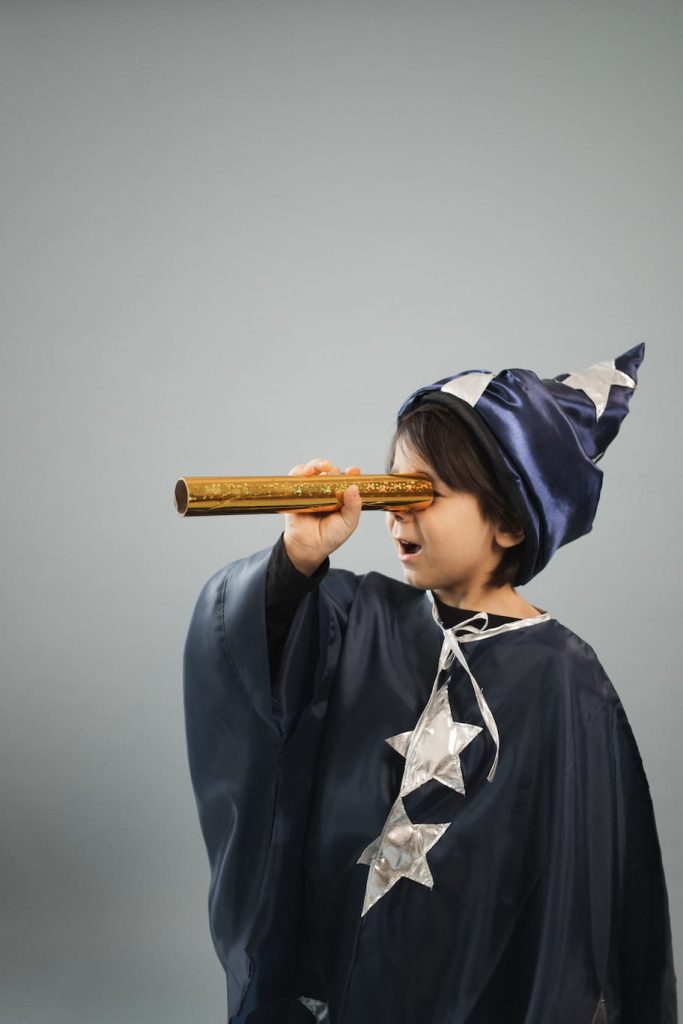
Striking the Right Balance
The crux of the matter is that both fiction and non-fiction have their unique advantages, and children can immensely benefit from being exposed to both genres. The key is to strike a balance. For instance, if your child is a big fan of fiction, gradually introduce non-fiction books that align with their interests. Conversely, if your child enjoys non-fiction, try adding some narrative non-fiction or historical fiction to their reading list.
The objective is not to prioritize one genre over the other but to create a diverse and engaging reading environment that caters to your child’s educational and creative needs. After all, reading is not just about learning; it’s about exploring, discovering, and, most importantly, enjoying the process!
Callo Co & Creativity
Whether it’s the whimsical allure of fiction or the factual intrigue of non-fiction, what truly matters is instilling a love for reading in your child. So, embark on this fascinating journey, explore the wonders of narrative non-fiction for kids, and dive into the enchanting world of fiction. Together, let’s foster a generation of avid readers!
Before I sign off, let me remind you that our callo co’s shop has a treasure trove of both non-fiction and fiction books. From the enchanting narratives of fiction to the informative depth of non-fiction, there’s something to cater to every young reader’s taste!
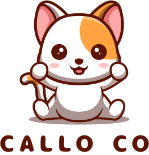
Create • Learn • Grow.
